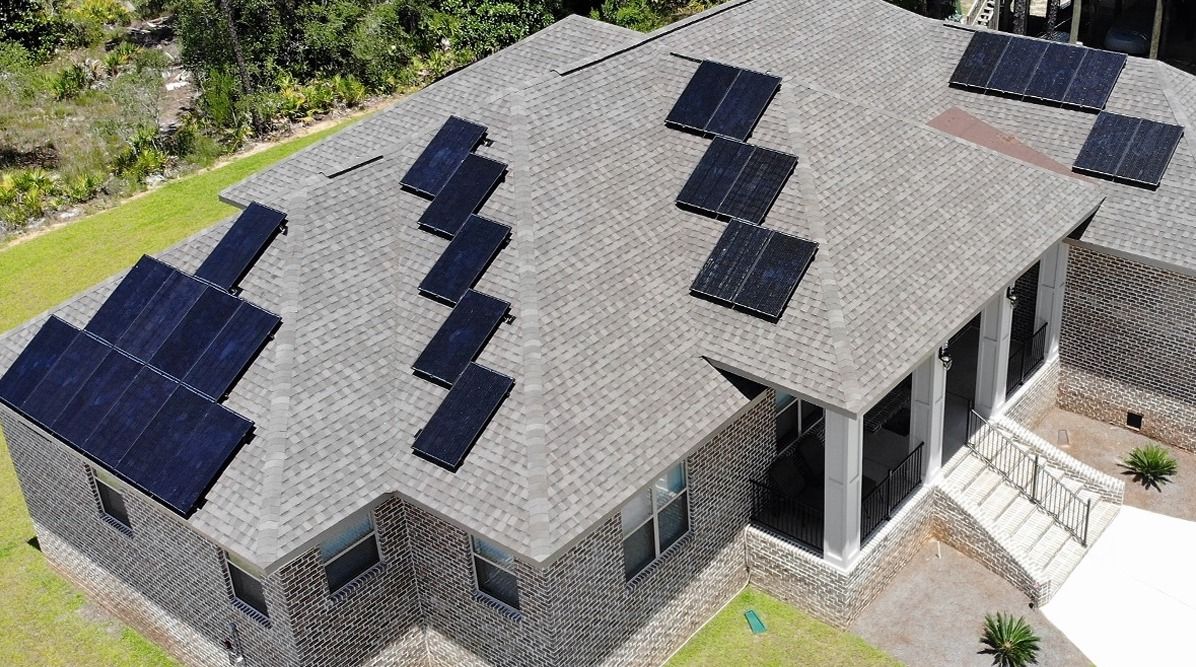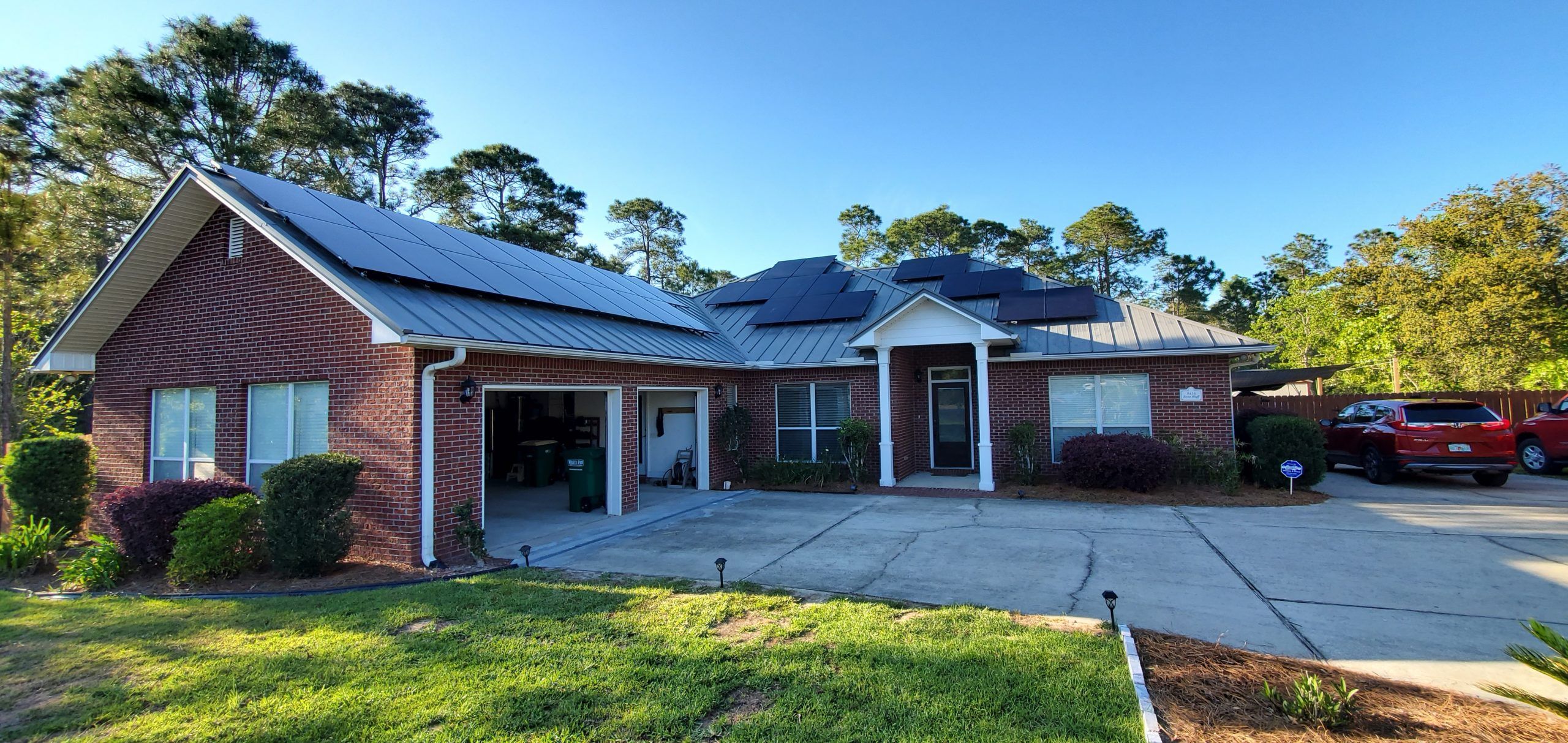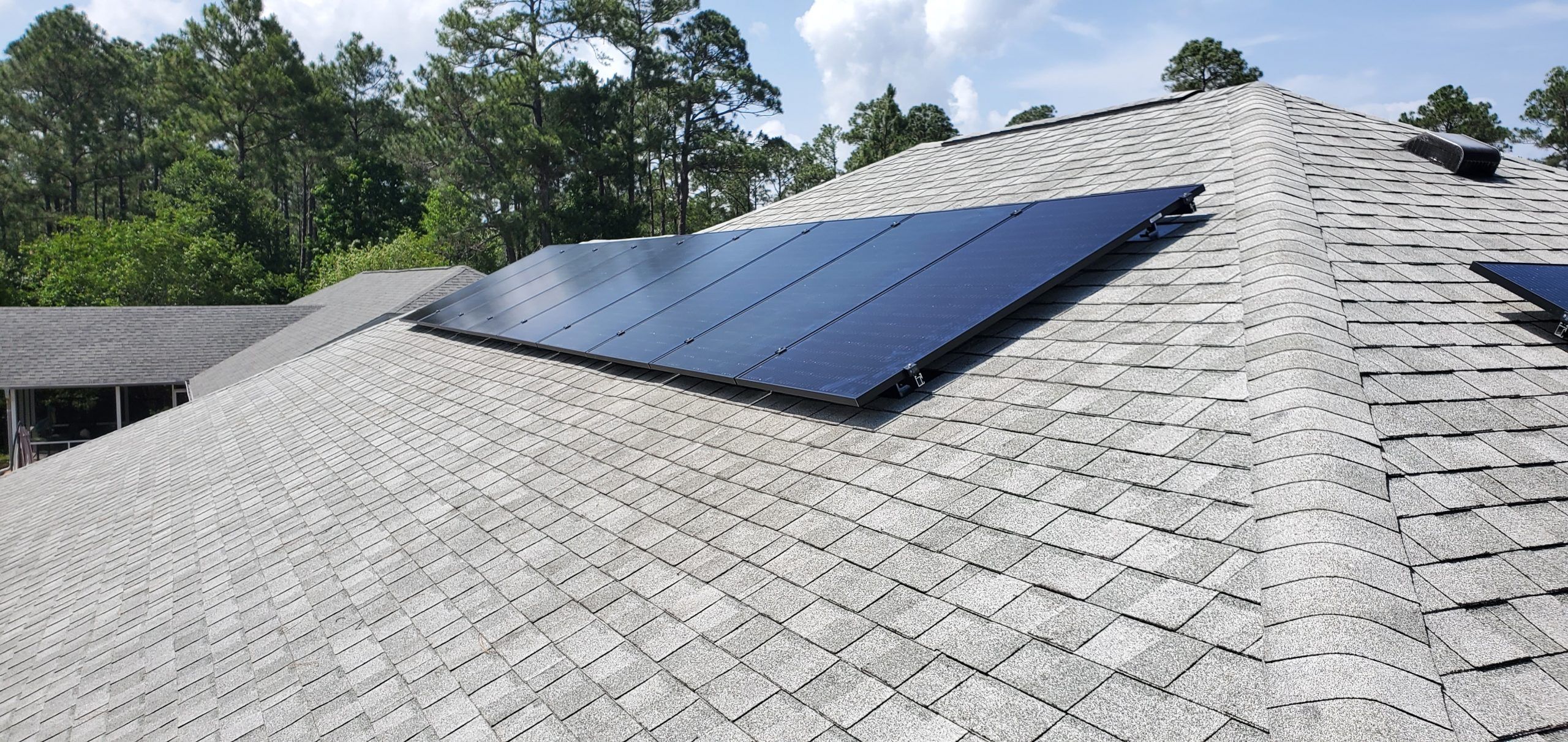Do Solar Panels Offer a Return on Investment?
As a discerning and intelligent homeowner in a sunny state, you may understandably wonder if solar panels would be worth the cost of installation. You may see more and more neighbors installing solar panels and wonder if you should too.
Perhaps, you want to go ‘off-grid,’ be more environmentally conscious, save on energy bills, increase your home value, or just heat your swimming pool.
You may wonder if solar panels offer a return on investment. Are they a smart choice? Will they provide all of your energy needs? Do they increase the market value of your property or decrease it?
Let’s explore the cost-effectiveness of solar panels, including the results of an exciting new study that sheds new light on the topic.
A Comprehensive First-Of-Its-Kind Study
In an article in The Appraisal Journal by Sandra Adomatis and Ben Hoen, published in 2015, entitled ‘Appraising into the Sun: Six-State Solar Home Paired-Sales Analysis,’ the authors sought to create the first paired sales analysis for solar panels. They found that, at the time, comparable sales data was lacking as many homes didn’t have solar panels installed in neighborhoods. As a result, appraisers couldn’t do accurate comparisons and this data was often left out in home valuations. This was problematic for encouraging homeowners to make the important step of going solar.
They observed:
“This first-of-its-kind study uses appraisal methods to evaluate sale price premiums for owned PV systems on single-unit detached houses across six states that were also evaluated in a large statistical study. …The appraised premiums agree with statistical modeling results, which bolsters the suitability of both approaches for estimating PV home premiums.” (Adomatis and Hoen, 2015, p.27)
Adomatis and Hoen note, “On average, PV systems (all of which were less than 12 years old) garnered premiums in each of the six states, with an average of $3.78/W” (2015, p.38). Overall, solar is a smart choice and does provide a return on investment.
The key points of the study, which specifically focused on California, Florida, Maryland, North Carolina, and Oregon, were that solar panels added more value than the cost of installation; solar added a 4% price increase of $10k increase in value for Florida homes; most of the solar panel systems on the market were around three to four years old, meaning that the PV systems are modern and effective; and homes with solar panels sold faster than those without.
Is Solar Right for Me?
Solar energy not only saves you money but it also decreases American dependence on foreign energy sources. You can have freedom from the grid, power outages, and you could even be paid for your excess energy. If you’ve ever been subject to power outages during tropical storms and for other reasons, that might be a thing of the past. Plus, since the A/C energy bill is often people’s most dreaded bill in the summer, you can save hundreds of dollars each year on that one cost alone.
Between 1984 and 2006, the US Bureau of Labor Statistics conducted a southern energy expenditure study which found that there was almost a 63% increase in the price of energy. They note, ‘As a result of the sharp jump in energy prices, Southern households were allocating 9.7 percent of total expenditures to energy consumption in 2006, up from a 7.2-percent share in 2002’ (2008, p.4).
All this means that if energy used to cost $100 per month before, it now costs around $163 per month instead. Wouldn’t you like that extra $63 bucks in your pocket? If your average monthly power bill is around $200 with an average of 4% inflation rate each year, over the next 25 years, you’ll pay the power company over $120,000 (those $60 savings add up).
In June 2021, the average cost of energy in the US is $0.142 per kilowatt, which has increased steadily every year since 2011 (with no signs of going back down), but solar energy costs less than that and, once paid for, even less.
In June, we wrote a piece called ‘How do I know if solar is right for me?‘ We talk about the booming solar industry, the trend towards this movement (thankfully for the environment), how solar can be financed, how you can have solar installed if you live in a shady spot, and how to keep excess electricity with a backup battery.
We also wrote a piece about going solar here (‘What is the process of going solar?’) and how the consultation, energy bill analysis, installation, and final walkthrough happen to put you at ease.
How Can I Save Money On My Installation?
There are three ways you can save money on solar panel installation (if you take advantage before the incentives end): Federal Solar Tax Credit, Residential Solar Tax Exemption, and Property Tax Exemption.
Federal Solar Tax Credit
Florida homeowners are eligible for the Federal Solar Tax Credits, which reduces the cost of solar installation by 26% and has been extended to the end of 2022 (so act quickly). In 2023, the savings will be reduced to 22% and in December 2023, the program will end.
Residential Solar System Tax Exemption
Since July 1997, the Florida Solar and CHP Sales Tax Exemption allows you to purchase solar panels without paying the 6% tax. When spending money on large purchases, the additional sales tax can really add to the cost of the project, but when saving on sales tax, tax credits, and property value, the investment definitely makes sense.
Property Tax Exemptions
If the first two incentives weren’t enough, homeowners (and businesses) can deduct a solar power system’s value from their property value for tax purposes. The additional value that solar panels add to your home will not count towards your tax assessed value (thankfully), which means you can increase your house value without increasing your property tax expenditure.
So, Do Solar Panels Offer Competitive ROI, and Are They Worth the Cost?
We’d say resoundingly yes. Solar panels save you money each year on energy costs, make your home independent (not reliant on power-grid failure and inflation rates), help reduce environmental impact (you can feel good about doing your bit for the planet), and make your home more valuable and sell faster (if you plan to sell and move). Overall, solar panels and PV systems offer more value over time than they cost to install and that’s a smart choice!





